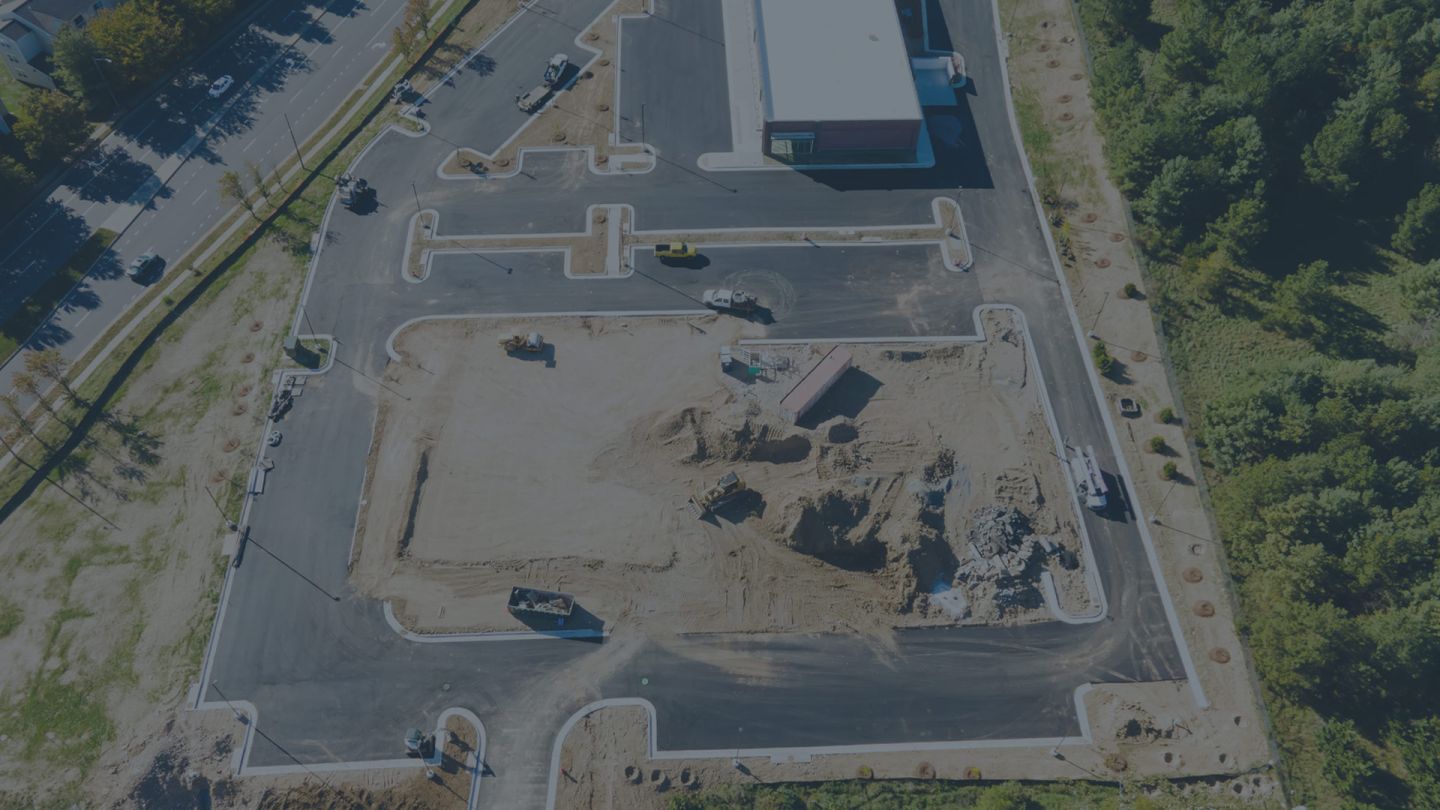Restaurant site selection is an art. It takes deep knowledge of a trade area or a market to open in the best locations for your brand.
But if you’re still only relying on your intuition to pick places that feel right, there’s a good chance you’re opening sites in the wrong spots and digging yourself into a hole that is hundreds of thousands of dollars deep. Fortunately, adding a little science in the form of data-backed insights to your process can help you climb out of this hole and keep you from falling back in down the road.
Here are three reasons why it’s important to support your restaurant site selection processes with analytics.
Reason 1: Your Consumers Are Changing Quickly
The past few years have been a speed-run for consumer behavior evolution. Changes that were already in progress accelerated, and now diner preferences, habits, and lifestyles have all shifted – in some cases, dramatically.
For example, over 70% of consumers have picked up food from a restaurant in the past three months, only 23% of consumers had returned to the office and their usual breakfast and lunch spots at the beginning of 2022, and 95% of consumers dined in a restaurant during the last few months of 2021. Analytics can help you understand these changes and what else your customers want in a restaurant, so you can adjust accordingly and ensure you’re opening in the right properties and right formats.
With the help of psychographics – also known as lifestyle data – you can develop granular, household level consumer profiles that dig beyond demographics and into these types of changes. And once you know who your best customers are, it’s easy to find trade areas with more of them.
Reason 2: Analytics Increase Your Efficiency
Analytics allow your team to evaluate multiple sites at once and can help you determine in minutes if a location is worth looking into, or if it would be a bad move for your brand. This means you can avoid expensive mistakes and open more locations in a shorter amount of time.
Analytical tools like mobile GPS data, when combined with other metrics such as psychographics, can also generate quick, in-depth studies of your consumers, allowing your team to make insight-backed decisions faster.
Reason 3: Your Competition is Already Using Analytics
With how competitive the market is as brands compete for share of stomach, it’s more important than ever to use every tool at your disposal to stay ahead of your competition.
As data, tools, and tech have become more easily accessible, more organizations have incorporated them into their expansion strategies – including your competitors. Not only are they studying their customers and potential locations, but they’re also studying your brand. Understanding your customers and your competitors on a deeper level can only help your site selection strategy as you continue to grow.
The Bottom Line
While it’s generally a good idea to trust your instincts, it’s an even better idea to validate those gut-feelings with concrete evidence. This is how you turn your restaurant site selection process from just an art, to an art and a science as you grow your brand with confidence.
Want to learn more about how analytics support the restaurant site selection process? Check out this blog written by Buxton’s chief innovation officer: “New Analytical Tools Enable Restaurant Brands to Identify, Validate, and Acquire Recently Abandoned Locations.”


